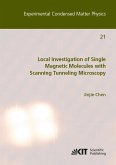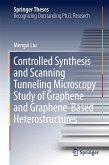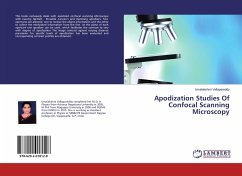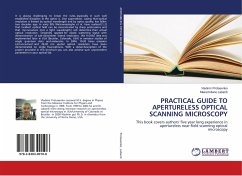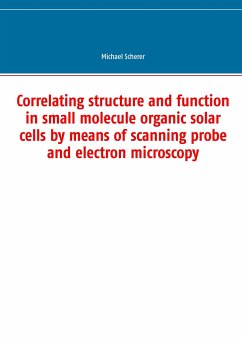Scanning tunneling microscopy (STM) is one of the most powerful and established state-of-the-art techniques to characterize surface properties at nano-scale. Despite the power of the STM, in most cases experiments require complementary theoretical modeling in order to achieve an unambiguous understanding of the studied systems. Therefore it has become a gold standard nowadays to combine experimental and theoretical STM studies. This book provides an insight into the most popular first-principles modeling approach for STM in which the transfer Hamiltonian formalism and density functional theory (DFT) are combined. A step-by-step overview of DFT and the theory of STM methods is followed by examples of their application. Two different cases of hitherto not understood STM and Fourier-transformed STM experiments on magnetic and nonmagnetic metallic surfaces are discussed. A detailed theoretical explanation of these results is presented.
Bitte wählen Sie Ihr Anliegen aus.
Rechnungen
Retourenschein anfordern
Bestellstatus
Storno



